Description
honda k series turbo kit
A Honda K-series turbo kit is a popular aftermarket modification that adds a turbocharger to Honda’s K-series engine, providing a significant boost in power and performance. The K-series engine, known for its efficiency and power potential, becomes even more potent when paired with forced induction from a turbocharger.
Key Components of a K-Series Turbo Kit:
A typical turbo kit for a K-series engine includes the following components:
- Turbocharger:
- The core component of the kit, the turbocharger compresses air into the engine, allowing more air and fuel to enter the combustion chamber, which increases power output.
- Popular turbo options for the K-series include brands like Garrett, Precision, and BorgWarner, offering different sizes based on performance goals.
- Exhaust Manifold:
- A turbo manifold is necessary to reroute exhaust gases from the engine to the turbocharger. This component is crucial as it determines how efficiently the turbocharger can spool (generate boost).
- Materials like cast iron or stainless steel are common for durability under high heat.
- Intercooler:
- The intercooler cools the compressed air from the turbo before it enters the engine. Cooler air is denser, which improves performance and helps prevent detonation (knocking).
- Most kits come with a front-mount intercooler (FMIC) and piping to connect the turbo to the intake.
- Wastegate:
- A wastegate controls the amount of boost pressure by regulating the flow of exhaust gases to the turbocharger. Most turbo kits for K-series engines include an external wastegate to ensure proper boost levels are maintained.
- Blow-Off Valve (BOV):
- The blow-off valve releases excess pressure when the throttle is closed, preventing compressor surge and prolonging the life of the turbocharger.
- BOVs also produce the distinctive “whoosh” sound many turbo enthusiasts love.
- Downpipe:
- A downpipe connects the turbocharger’s exhaust outlet to the rest of the exhaust system, directing the flow of exhaust gases. High-flow downpipes reduce backpressure, improving turbo response and overall engine efficiency.
- Fuel System Upgrades:
- Bigger Injectors: More fuel is required to match the increased air being forced into the engine, so a turbo kit typically includes larger fuel injectors.
- Fuel Pump: A high-flow fuel pump may be necessary to ensure the engine gets enough fuel under boost.
- ECU Tuning:
- Tuning is essential to safely and effectively run a turbocharged K-series engine. Many turbo kits include an ECU reflash or recommend using a programmable ECU like Hondata KPro or AEM EMS.
- Tuning adjusts the air-fuel ratio, ignition timing, and boost levels to maximize power while ensuring engine reliability.
- Oil Lines and Fittings:
- A turbocharger requires a steady supply of oil for lubrication and cooling. Turbo kits include oil feed and return lines that are plumbed into the engine to supply oil to the turbo.
- Boost Controller (Optional):
- A boost controller allows you to adjust the turbo’s boost pressure, giving more control over the power output. Electronic boost controllers are often used to fine-tune performance levels.
Performance Gains:
Turbocharging a K-series engine can result in significant power gains, depending on the size of the turbocharger and how much boost is being run. The performance increase depends on several factors:
- Stock K-Series: A turbocharged K20A2 or K24A2 (both popular K-series engines) can easily push between 300 to 400 horsepower on moderate boost levels (7-10 psi) with supporting mods and a proper tune.
- Built Engines: With forged pistons, rods, and other strengthened internal components, K-series engines can handle higher boost levels, often producing 500-600 horsepower or more.
Popular Turbo Kits for the K-Series:
- Full-Race Motorsports:
- Full-Race is one of the top manufacturers of turbo kits for the K-series. They offer high-quality kits that come complete with a Garrett turbo, intercooler, manifold, and all the necessary hardware.
- Power Potential: Full-Race kits can produce anywhere from 300 to 700+ horsepower depending on the configuration and supporting mods.
- PTP Turbo Blankets:
- Known for their turbo blankets and heat management solutions, PTP also offers kits that focus on increasing performance and durability by reducing under-hood temperatures.
- Greddy Turbo Kit:
- Greddy produces a reliable and bolt-on turbo kit for K-series engines. Their kits are generally designed for street use with moderate power gains, ideal for daily driving or spirited weekend use.
- Power Range: Typically up to 300 horsepower with a stock K-series engine.
- Top Mount Turbo Kits:
- These kits often feature top-mounted turbochargers for better airflow and visual appeal. Companies like SpeedFactory and LoveFab specialize in top-mount kits that focus on high horsepower builds.
Pros of a K-Series Turbo Kit:
- Huge Power Gains:
- Adding a turbocharger to a K-series engine can dramatically increase horsepower and torque, making the vehicle significantly faster and more fun to drive.
- Aftermarket Support:
- The K-series engine has a vast aftermarket following, meaning there are numerous high-quality parts and upgrades available for turbo builds. Tuners and shops are very familiar with these engines, making it easier to get a reliable setup.
- Customizability:
- Turbo kits offer a lot of flexibility in terms of power levels. You can start with a low-boost setup for daily driving and later upgrade the turbo, fuel system, or internals to handle more power.
- Reliability:
- The K-series engine is robust and can handle turbocharging well, especially with proper tuning and supporting modifications. Even stock K-series engines can safely handle moderate boost levels.
Cons of a K-Series Turbo Kit:
- Cost:
- Turbo kits are an expensive modification, with complete kits ranging from $3,000 to $5,000 or more, depending on the brand and components. This does not include the cost of installation, tuning, or supporting modifications like fuel system upgrades and engine internals.
- Complexity:
- Installing a turbo kit requires a good deal of mechanical knowledge, and improper installation can lead to issues such as oil leaks, boost leaks, or even engine failure.
- Potential for Engine Stress:
- Forced induction puts more stress on the engine. Without proper supporting modifications (like stronger pistons and rods) or poor tuning, there is a risk of engine damage or failure, especially at higher boost levels.
- Heat Management:
- Turbocharging increases the amount of heat generated in the engine bay. If not properly managed with heat wraps, turbo blankets, and intercoolers, this can lead to performance issues and wear on surrounding components.
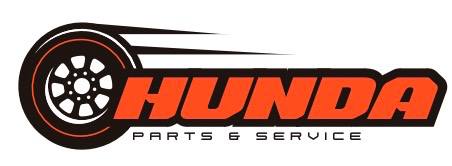


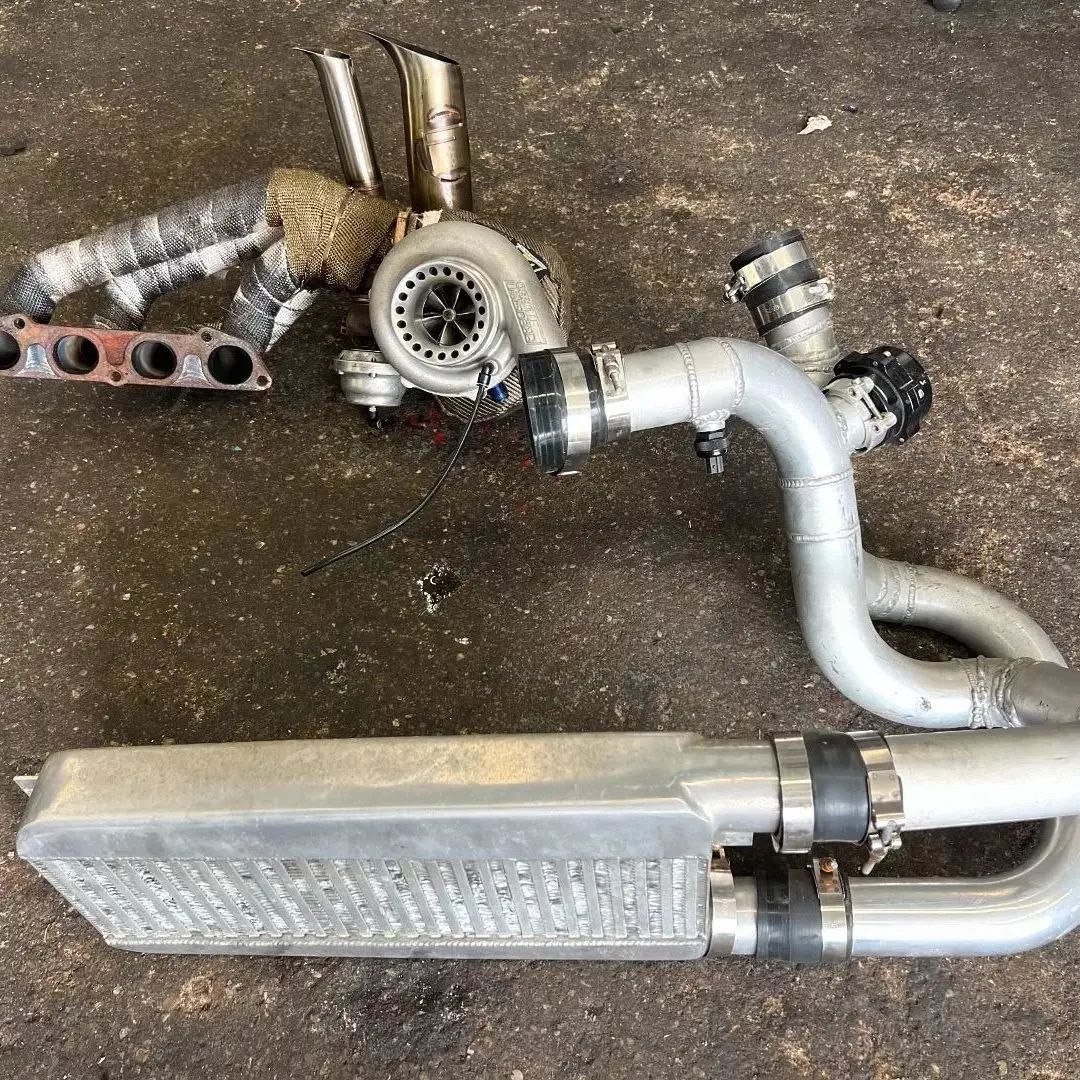

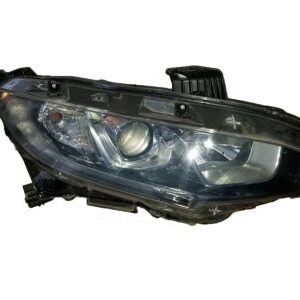
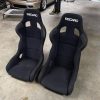
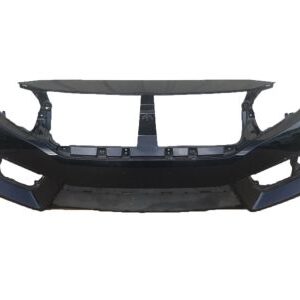

Reviews
There are no reviews yet.